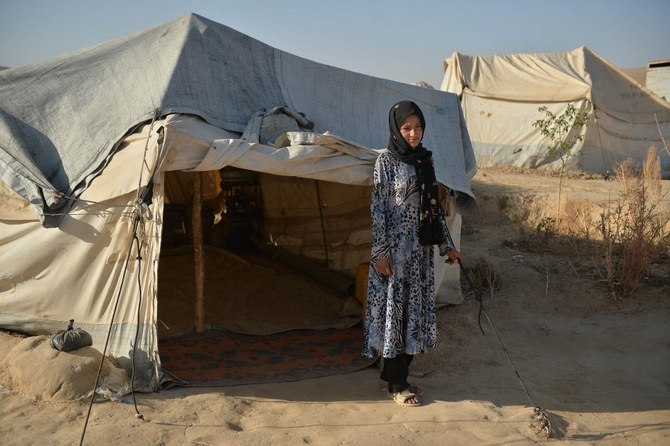A protocol signed by the Italian government and a group of NGOs will allow some 1,200 Afghan refugees to reach Italy through humanitarian corridors.
They will be relocated in several cities nationwide where they will be free to live normal lives alongside Italians.
The agreement was signed on Monday by Interior Minister Luciana Lamorgese, along with representatives from the Ministry of Foreign Affairs, the Italian Bishops’ Conference (CEI), the Community of Sant’Egidio — a lay Catholic group dedicated to social service — the Federation of Evangelical Churches (FCEI), the Waldensian Table, social promotion organization Arci, the International Organization for Migration, the UN Refugee Agency and the National Institute for Health, Migration and Poverty.
It will open legal pathways for Afghans coming from Pakistan, Iran and other countries where they have been provided with initial asylum or where they stayed in countries of transit for up to two years. In some circumstances, this period could be extended to 36 months.
amorgese defined the move as “a landmark and a sign of attention of Italy towards the Afghan population.”
Protestant churches in Italy will host 200 people, with Catholic charity Caritas caring for a further 300. Some 200 Afghans will be accommodated by the Community of Sant’Egidio, and another 100 will be hosted by Arci.
The Interior Ministry will host 400 people across the country, and has committed to pay for flights to Italy.
“Last summer, Italian military planes took to Italy some 5,000 Afghans, allowing them to find shelter. Another 1,200 more will come to Italy too due to this agreement, and I hope, with everyone’s commitment, that we will be able to increase numbers up to 2,000,” Lamorgese said at the signing ceremony attended by Arab News.
The minister added that she had noticed that “not all European countries have the same propensity to welcome, to respect human rights” as Italy does.
“Europe isn’t always present, not everybody agrees with hospitality. Many states say: ‘Let’s give them resources but let us leave them in their home countries. But the Afghan people have suffered so much. They found themselves in great difficulty.
“Italy acts differently. We welcome those people who are really in need of help.”
The president of the Community of Sant’Egidio, Marco Impagliazzo, said that “Italy is a country with a humanitarian vocation,” and stressed that this protocol “is rooted in emotions sparked in all Italians in August by the dramatic images coming from Kabul.”
He added: “We wanted to give a concrete and active response of aid to those who remained stuck in Afghanistan and to those who were able to reach neighboring countries to find shelter.”
The president of FCEI, Daniele Garrone, urged that the humanitarian corridors should “not be relegated to the space of emergency welfare assistance, charity.”
He added: “They should become a good practice for the EU when it will finally decide to deal with something that isn’t a temporary emergency but a momentous turning point.”
Archbishop Stefano Russo, secretary-general of the CEI, added that “humanitarian corridors represent a safe pathway for those who are forced to flee their land and, at the same time, are a demonstration that governmental and non-governmental institutions, representing civil society, religions can cooperate to find concrete solutions to the drama of migrations.
“For this reason we hope that humanitarian corridors will become a structural tool to manage migration policies.”

